Personalized content: Strategies for delivering 1:1 experiences at scale
Published on June 27, 2025/Last edited on June 27, 2025/7 min read
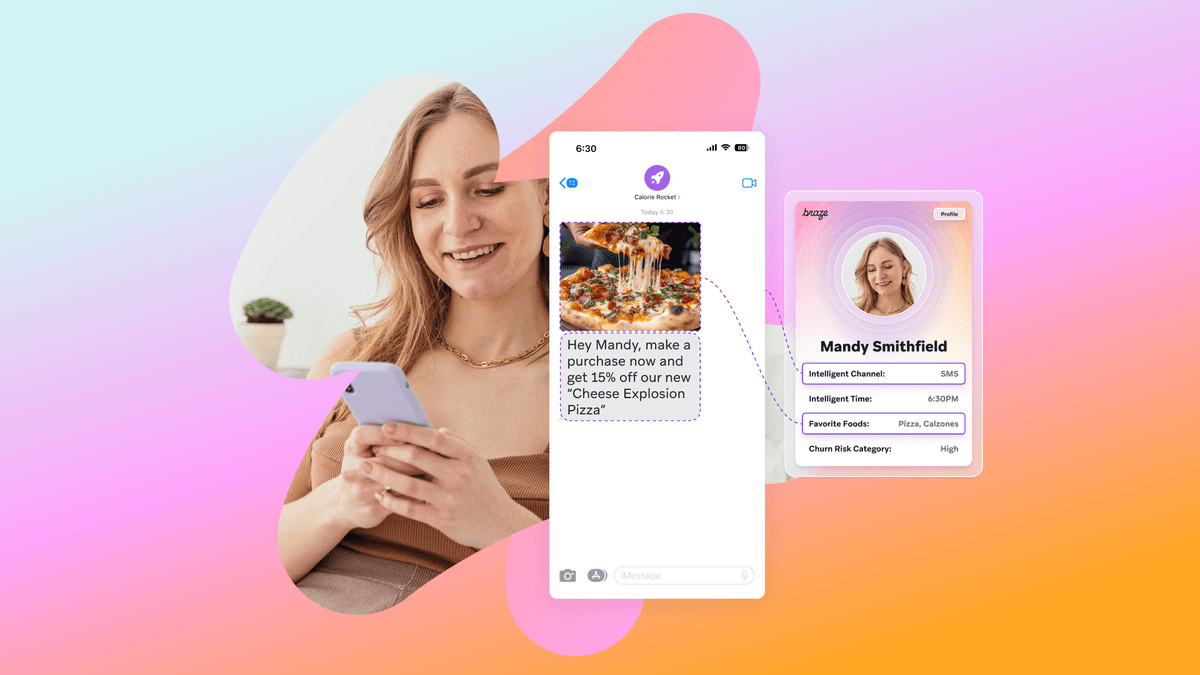
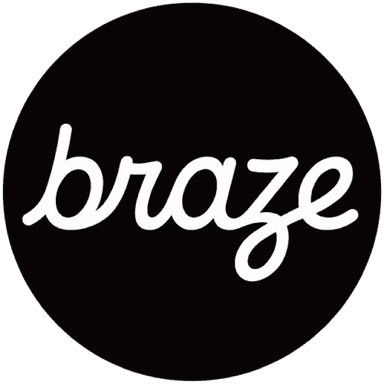
Team Braze
Attention these days can be hard to earn, with marketing and communication channels becoming more and more packed. Consumers expect relevance, so brands aren’t competing just on product or service to stand out anymore—they’re competing on personalized experiences, too.
Personalized content can help brands cut through the noise. Whether you’re adding someone’s preferences to an email, updating a push notification based on live weather data, or tailoring an in-app message to match recent behavior, personalization helps you deliver something that meets the customer’s needs.
Contents
- What is personalized content?
- Why personalized content marketing matters more than ever
- Scaling personalized content with Braze
- 4 content personalization tips for uniquely effective messages
- Ready to go deeper?
- Personalized content FAQs
What is personalized content?
Personalized content is content that’s tailored for the individual. That might be as lightweight as inserting a user’s name into an email subject line—or as complex as delivering real-time product recommendations based on past purchases, likes, and browsing behavior.
Personalized content leverages a variety of data points, including user profiles, behavioral triggers, and contextual factors like device type and language preference. When executed effectively, this approach delivers relevance and value, enhancing the overall customer experience.
The best personalized content makes a customer feel seen, heard, and valued, and with the right tools, it can be delivered at scale.
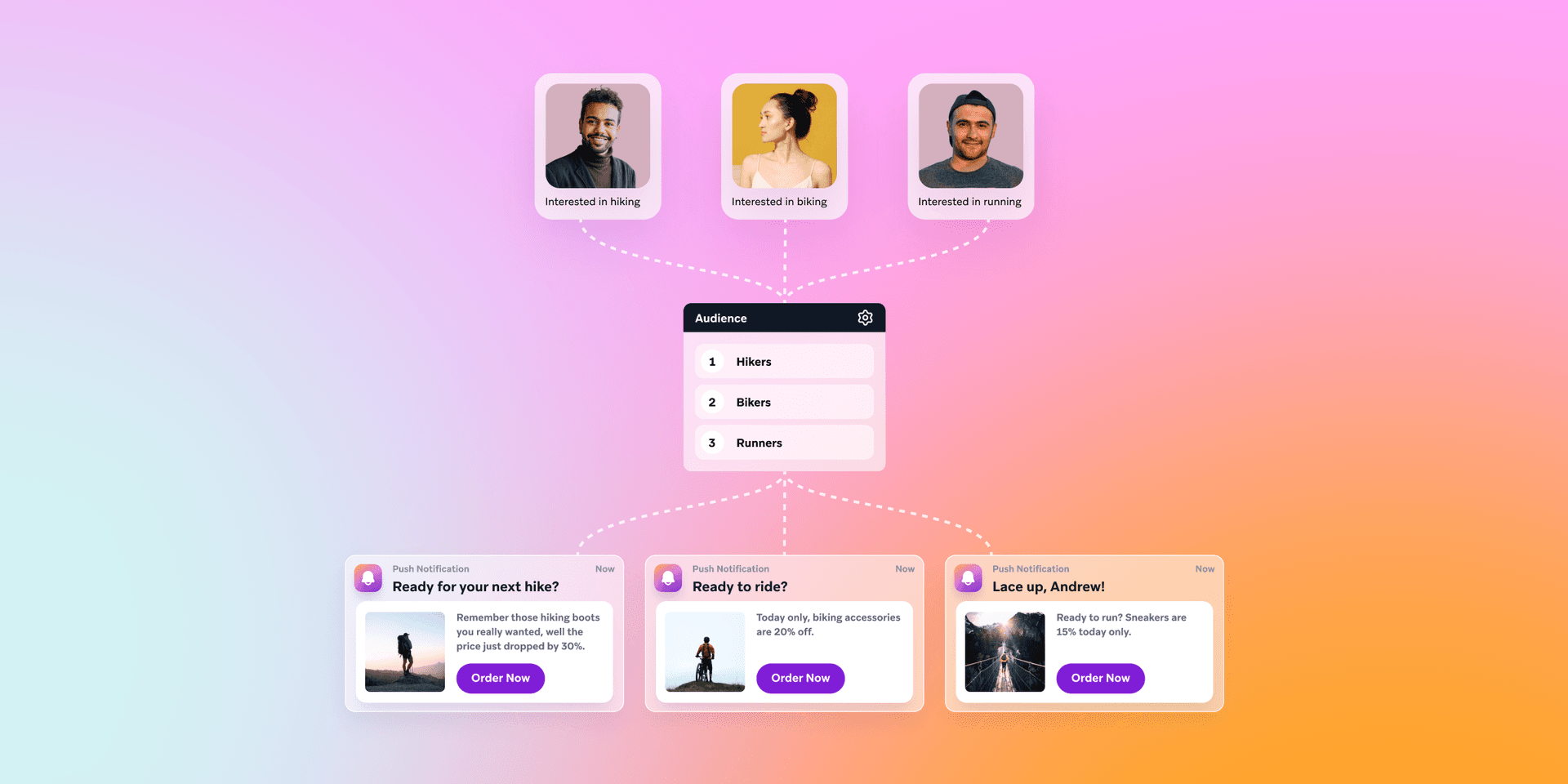
Why personalized content marketing matters more than ever
Personalized content helps drive results. That’s not opinion—it’s data.
According to McKinsey, personalization initiatives can deliver an average of 10-30% revenue uplift, with higher engagement and stronger customer acquisition rates. Braze research backs this up:
- Brands saw a 48% uplift in mobile push open rates when using Liquid personalization tags
- Liquid conditional logic drove a 55% increase in email click rates.
Consumers are paying attention to this shift, too. 71% say they expect personalization, and 76% say they get frustrated when they don’t find it. They expect brands to understand their context, not just their name.
The rise of personalized content marketing also reflects how people move across channels. They might browse on desktop, buy via mobile, then engage via email or push. When messaging is disjointed or generic, it can break the experience and erode trust. When it’s seamless and personal, users are more likely to stick around, spend more, and advocate for the brand.
And that impact compounds over time. Braze research shows that cross-channel personalization can increase user retention by 76% compared to single-channel outreach.
Scaling content with Braze for more personalized digital experiences
Personalization is only powerful if it can keep up with your customers. That means moving beyond one-off tactics and building a system that works across every channel, in real time, and at scale.
Designed on streaming data, Braze makes it possible to personalize messages based on the freshest user inputs, without waiting for batch updates or IT tickets. Here’s how it all comes together.
Connected Content
With Connected Content, marketers can pull in data from a public API or proprietary system—think localized weather, live pricing, product inventory, loyalty balances, and more. That means each message can reflect what’s happening right now for each individual user.
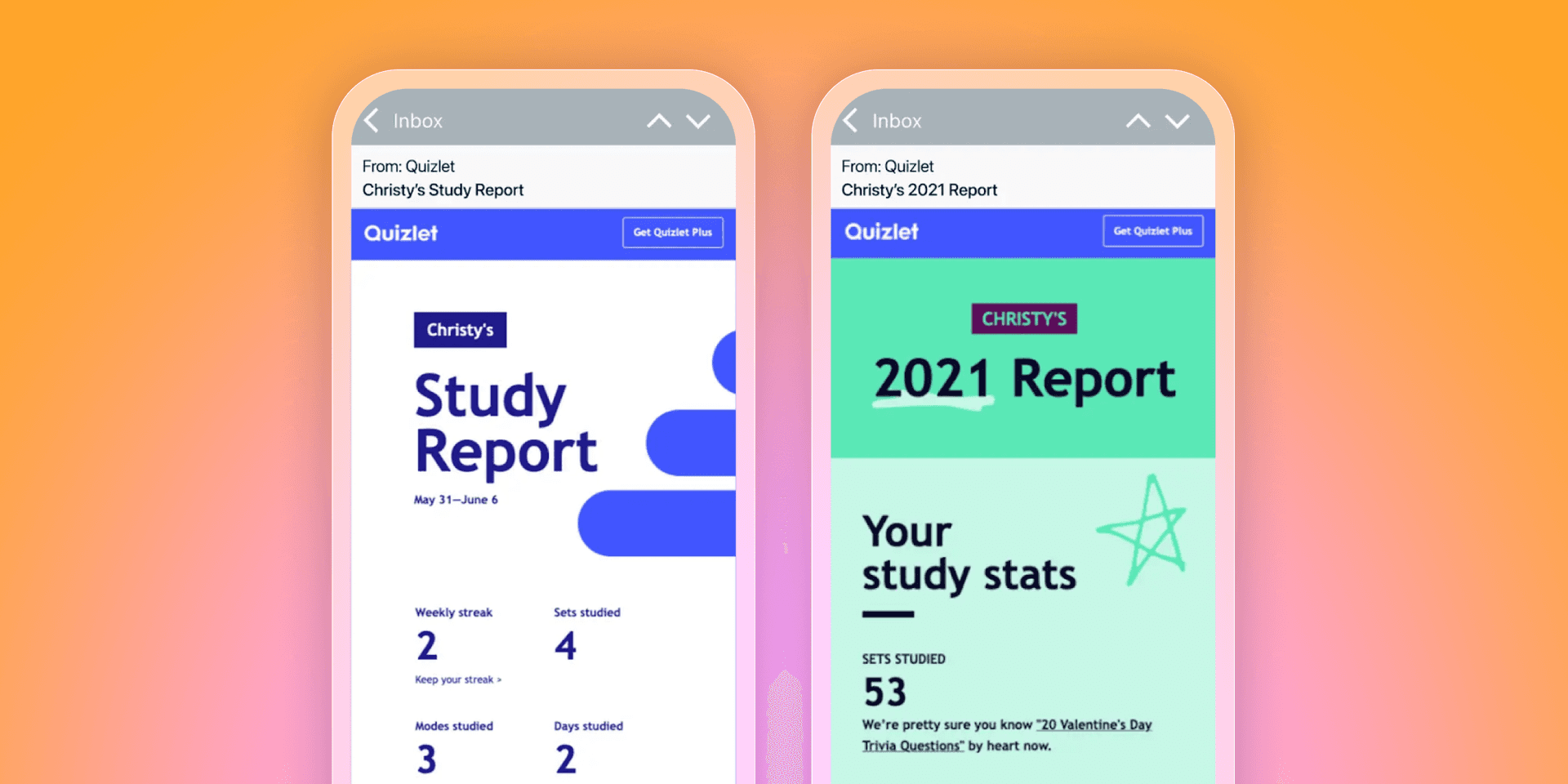
Like online learning platform, Quizlet, which used Connected Content to create an email campaign that contributed to nearly 17 million incremental learning sessions, over two million incremental monthly active users (MAU), and more than 2,500 incremental subscribers.
Liquid personalization
Braze Liquid is a powerful templating language. It allows teams to customize copy, logic, and message structure based on customer attributes and behavior. You can use tags, filters, and conditional logic to fine-tune everything from subject lines to promo eligibility.
Content Blocks
Need to reuse dynamic modules across campaigns? Content Blocks let you build personalized content once and deploy it everywhere, saving time while keeping experiences consistent and relevant.
Leading online, mobile food-ordering, and delivery marketplace, Grubhub, wanted an engaging personalized email campaign to build brand awareness and drive usage. They used Braze Content Blocks to automate the process of integrating personalized content. It brought them a 100% increase in social chatter and an 18% increase in word-of-mouth mentions.
Dynamic segmentation
With dynamic segmentation, audiences update in real time as users take actions, meet criteria, or move through different lifecycle stages. No more static lists, just smarter targeting that evolves with your customers.
PureGym, the UK’s largest group of gyms, used dynamic segmentation to help inform members of the latest news and updates. They saw an email open rate of 55% and reached 129,635 unique recipients.
Journey orchestration
All of this comes to life inside Braze Canvas. As a customer journey management tool, Canvas lets marketers map out personalized flows, test different paths, and orchestrate cross-channel campaigns from a single drag-and-drop interface. That means the journey can reflect who a user is, what they’ve done, and what’s most likely to move them forward.
From welcome sequences to reactivation campaigns, Braze gives marketers the tools they need to deliver personalized content at scale, without sacrificing speed, creativity, or control.
Online automobile marketplace Coches developed targeted, personalized onboarding and reactivation journeys using Braze Canvas, our no-code journey orchestration tool. They reimagined and built a more cohesive customer journey that maintained engagement across the user lifecycle and prevented people from dropping off. It resulted in a 2892% increase in monthly reactivated users.
Four content personalization tips for uniquely effective messages
Personalization is something that marketers talk about, but the number of people doing it, and doing it well, is disappointingly low. If you’re considering adding personalized content to your message, check out these best practices:
1. Make sure you’re collecting the right information
Personalization needs customer data to work—if you don’t know a customer’s name, you can’t include it in a message. To do personalization right, it’s important to make sure your customer profiles are updating with useful data that’s relevant to the messages you send. So before you start personalizing your campaigns, look at the messages you’ve sent in the past, think about what elements could have been improved with personalized content, and gather customer data to fill in those gaps.
2. Know what you’re trying to accomplish
Personalization isn’t a magic bullet. If you’re adding personalized content to a message that doesn’t help to reinforce the call to action or demonstrate your brand’s value, that’s only going to distract the recipient and reduce the chances that they convert. Be clear about the purpose of your messages so that the personalized content you add supports that goal.
3. Understand the possibilities
For too many marketers, personalizing messages begins and ends with the inclusion of customer names. That’s fine as far as it goes—but there are other personalization features that they’re missing out on.
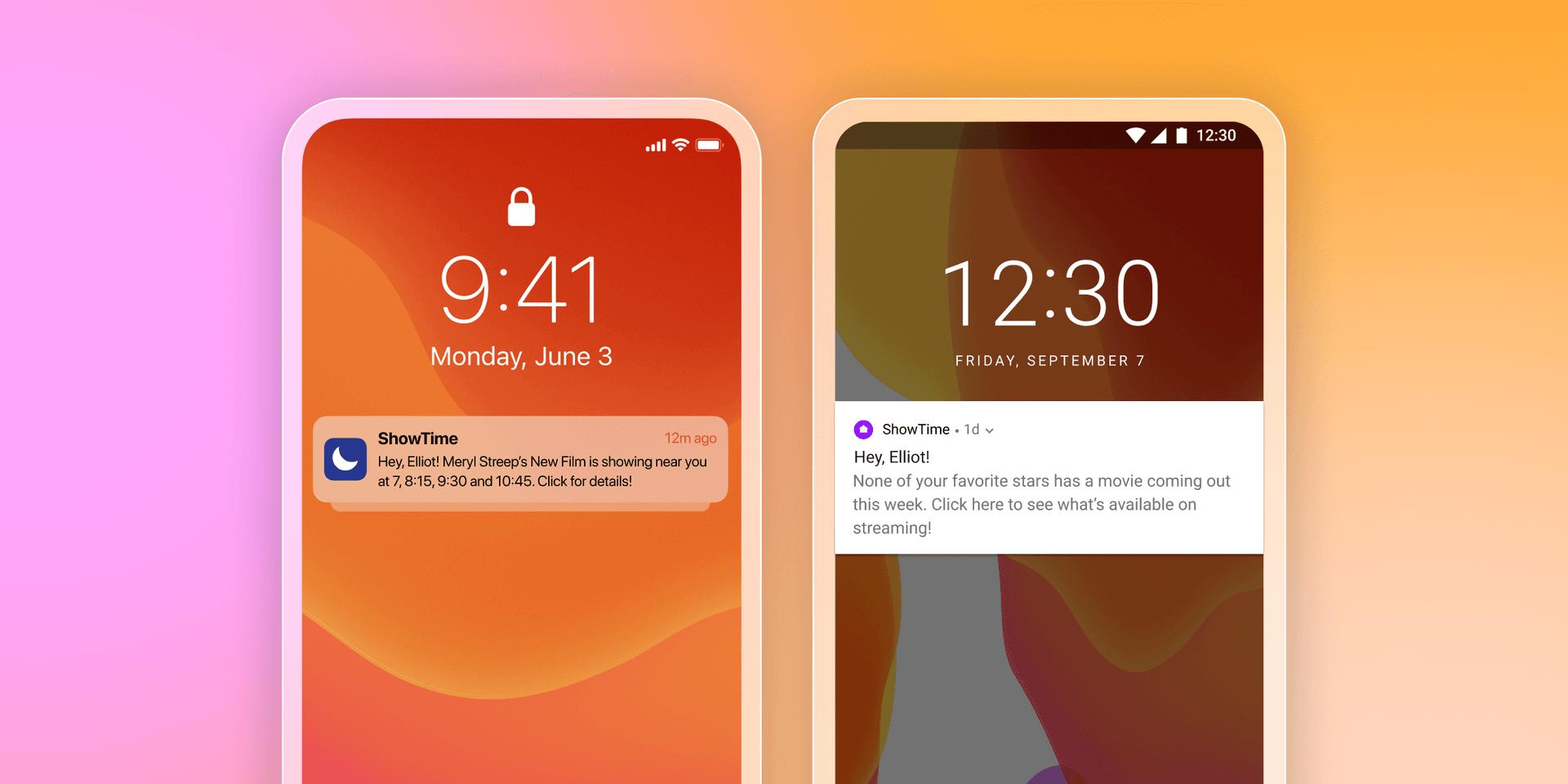
Personalization makes it possible to include relevant personal information (shoe size, customer loyalty program membership status, favorite item) and location-based dynamic content (like nearby movie screenings starring a customer’s favorite actor). You can even personalize message delivery time by using a send-time optimization tool like Braze Intelligent Delivery to ensure that each customer receives it during the time range when they’re most likely to engage.
4. Keep an eye on results
Used correctly, personalization can pay major dividends for your marketing efforts. But if it isn’t, you need to know! Personalization is powerful, but it can’t reach its full potential if you’re using it ineffectively or if your marketing outreach has other serious issues. Monitor your campaigns, especially when you’re trying something new, and don’t be afraid to use multivariate testing so that campaigns are as effective as possible before sending them to your full customer base.
Ready to go deeper?
As we move toward 2025 and beyond, the importance of personalization will only continue to grow. Brands that embrace these strategies will not only be set up to meet consumer expectations but also drive higher engagement, retention, and revenue. With the right tools and a commitment to delivering relevant experiences, the potential for success is limitless.
From segmentation setup to message logic, this guide is packed with tips to help you build more responsive, more human digital experiences across every channel.
Personalized content FAQs
Personalized content in marketing refers to tailored messaging or experiences based on an individual’s preferences, behaviors, or profile data. It helps make every interaction more relevant and effective.
In 2025, content personalization is important to meet user expectations, cut through channel noise, and drive sustainable engagement. It can improve retention, revenue, and customer satisfaction.
Tools like Braze Connected Content, Liquid personalization, and dynamic Content Blocks allow marketers to personalize messaging in real time using live data from APIs, profiles, or external systems.
Leading brands use platforms like Braze to combine real-time streaming data, dynamic segmentation, and journey orchestration tools like Canvas. This enables consistent personalization across channels like email, push, in-app, SMS, and more.
Segmentation is about grouping audiences based on shared traits, while personalization is about delivering individualized experiences within those segments. Both strategies work together to create more effective and engaging marketing campaigns
Related Tags
Be Absolutely Engaging.™
Sign up for regular updates from Braze.
Related Content
View the Blog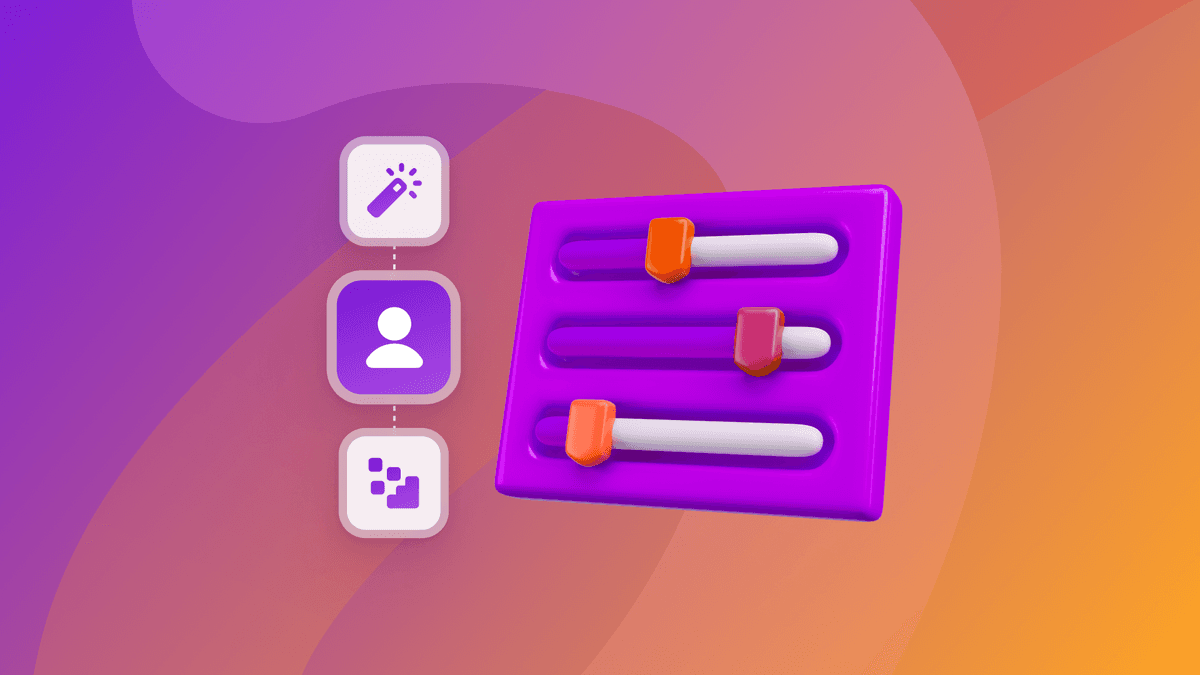
How behavioral marketing turns data into personalized experiences

Team Braze

How Braze supports exceptional customer engagement during Black Friday, Cyber Monday, and beyond

Todd Grennan
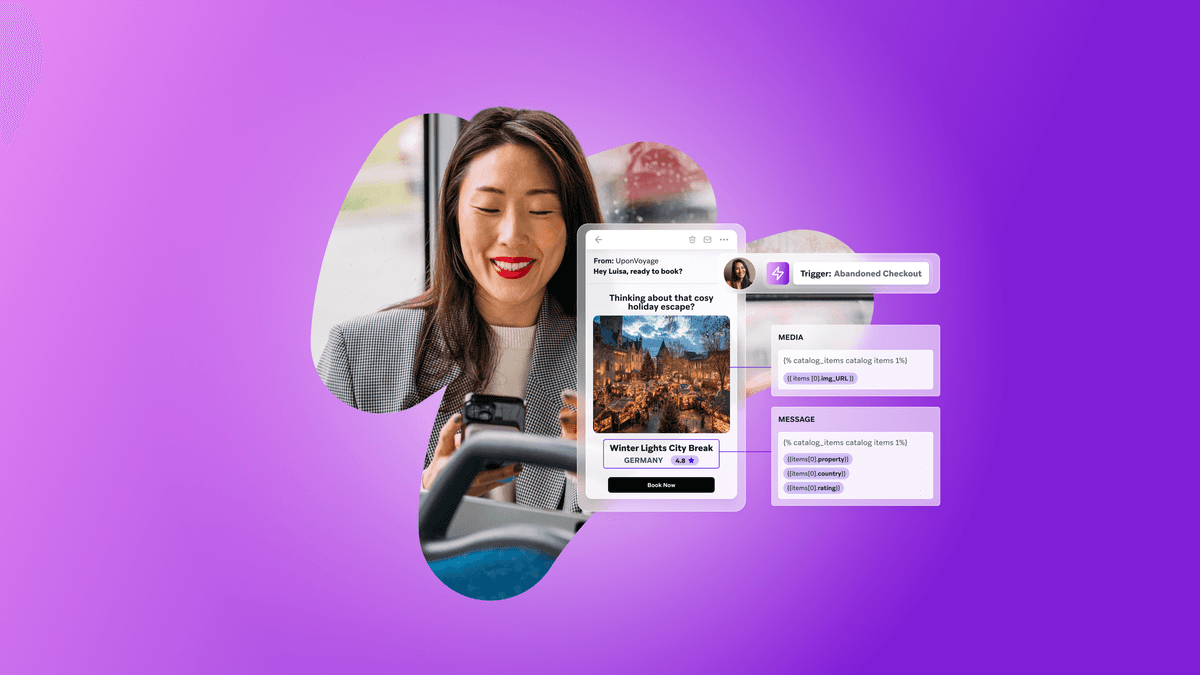
How to overcome messaging fatigue this holiday season
